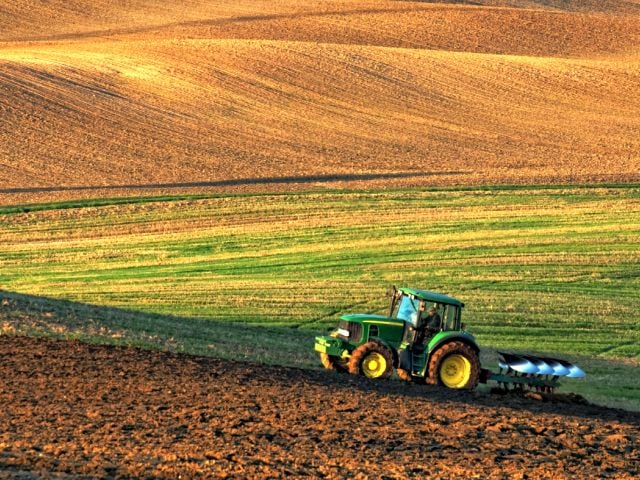Catch up on the latest news and analysis from EWG’s team of experts.
Displaying 1 - 20 of 44
Four ways to reduce emissions from food and farming
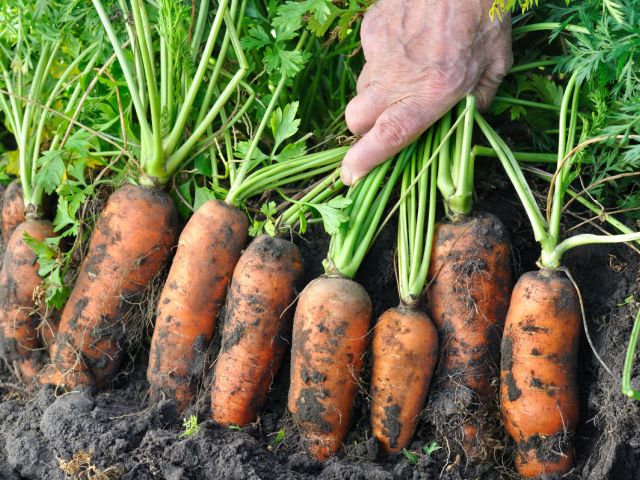
USDA: Conservation backlogs grow despite new climate-smart funding

USDA’s Conservation Reserve Program needs reform to improve climate benefits

Giving IRA conservation funds to farm subsidies threatens millions of cover crop acres

Farm bill for the few?
Agriculture Secretary Tom Vilsack recently pleaded with Congress to reform farm policies to serve the “many and the most,” not the few, citing data showing family farms lagging behind their bigger...
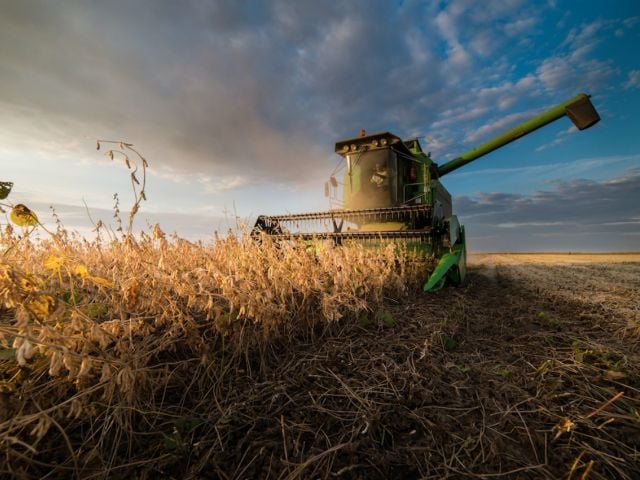
USDA conservation funding benefits all farmers, not just rice, cotton and peanut farmers
All farmers and ranchers – regardless of what they grow or where they live – can participate in Department of Agriculture conservation programs.
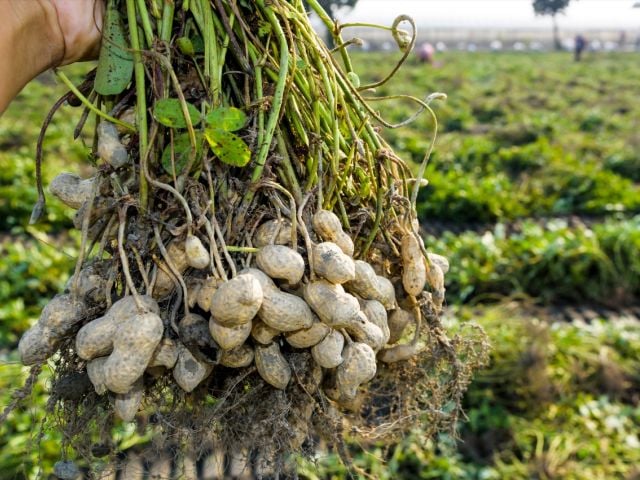
Despite new climate-smart funds, agricultural conservation programs remain oversubscribed
The Inflation Reduction Act, or IRA, set aside $19.5 billion for agricultural conservation programs that pay farmers to implement conservation practices that reduce agriculture’s greenhouse gas...

USDA livestock subsidies top $59 billion
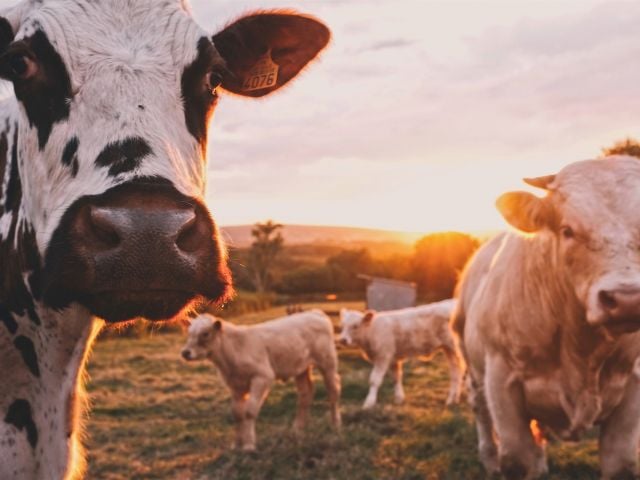
Federal Crop Insurance Program reforms can help farmers adapt to climate crisis and cut taxpayer costs
Farmers both contribute to the climate crisis – they’re responsible for producing at least 11 percent of U.S. greenhouse gas emissions – and can also be devastated by its harmful effects, with extreme...
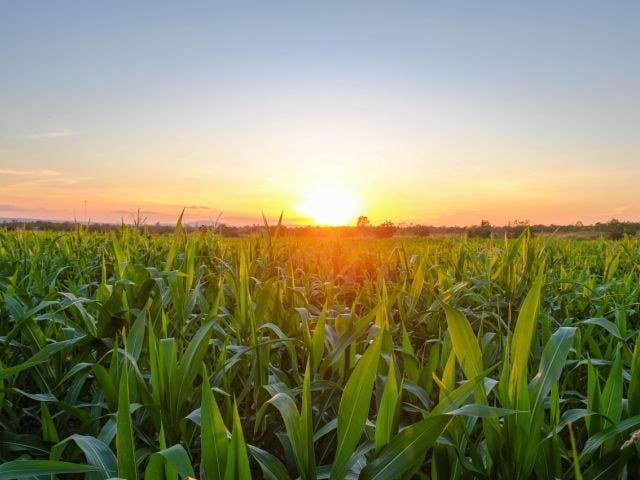
Corn Belt farmers could dramatically reduce nitrous oxide emissions with a handful of conservation practices

Increasing price guarantees primarily benefits Southern states, analysis shows

The Conservation Reserve Program is failing. Congress should fix it.

Funding for climate-smart agriculture critical to tackling the climate emergency
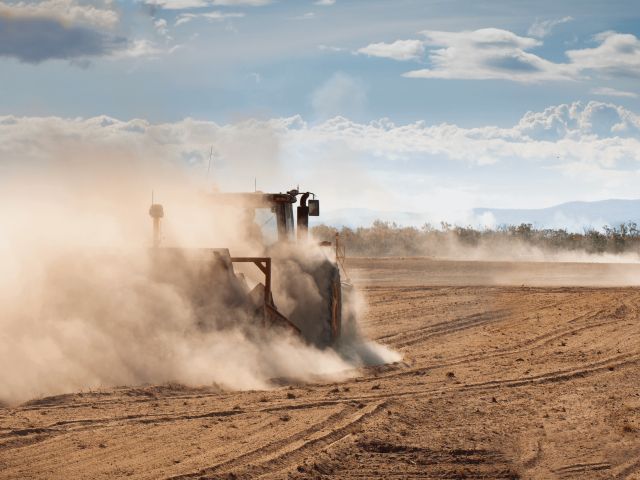
Slashing food, climate funds to boost subsidies would hurt farmers, hungry people
.jpg?h=827069f2&itok=wN4NMM2Q)
Speaker McCarthy should target farm subsidies for the wealthy, not food stamps
This week, House Speaker Kevin McCarthy (R-Calif.) made ending food assistance for many hungry people one of his demands for raising the debt ceiling.

Runaway farm subsidies, not SNAP spending, are the real problem
Some people think the biggest problem facing legislators updating this year’s farm bill is that we’re spending too much on feeding too many hungry people.
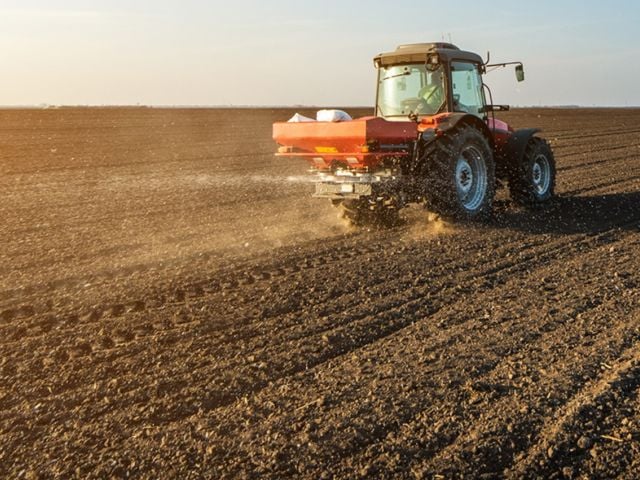
Will agriculture be America’s leading source of greenhouse gas emissions?
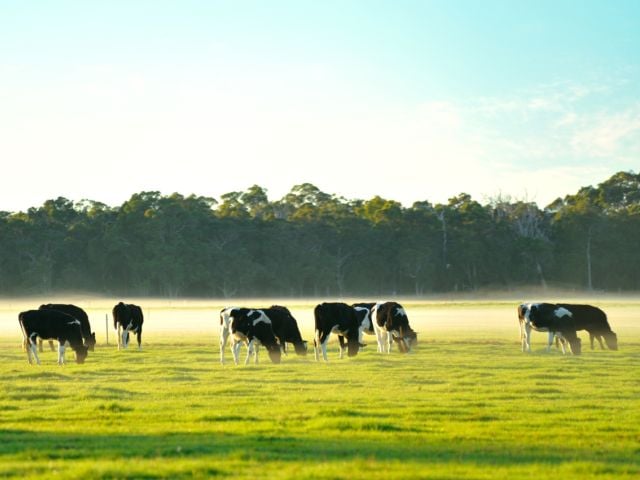
Change the market. Advocate for safety. Lead with science. Protect our health.

Major USDA conservation program must change to prioritize climate stewardship
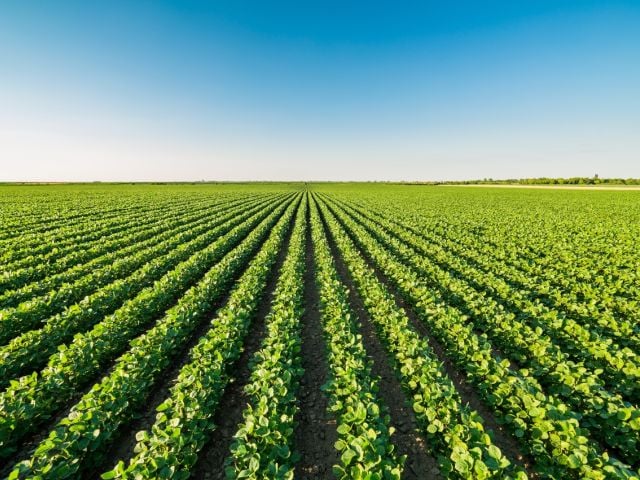
How to make climate change a priority in the next farm bill
Next year, Congress will renew the farm bill, which provides funding to our farmers and ranchers. Thanks to the Inflation Reduction Act, annual spending by the Department of Agriculture on farm...
